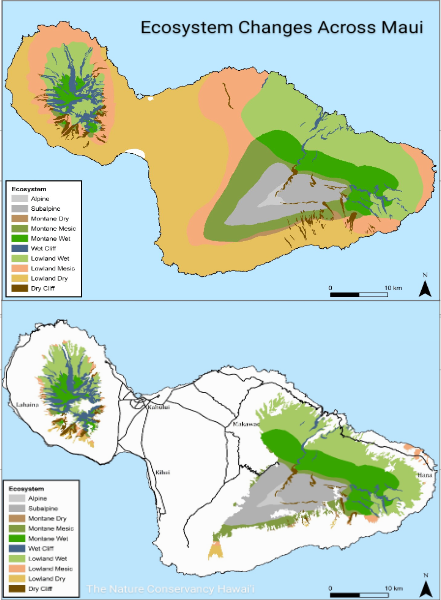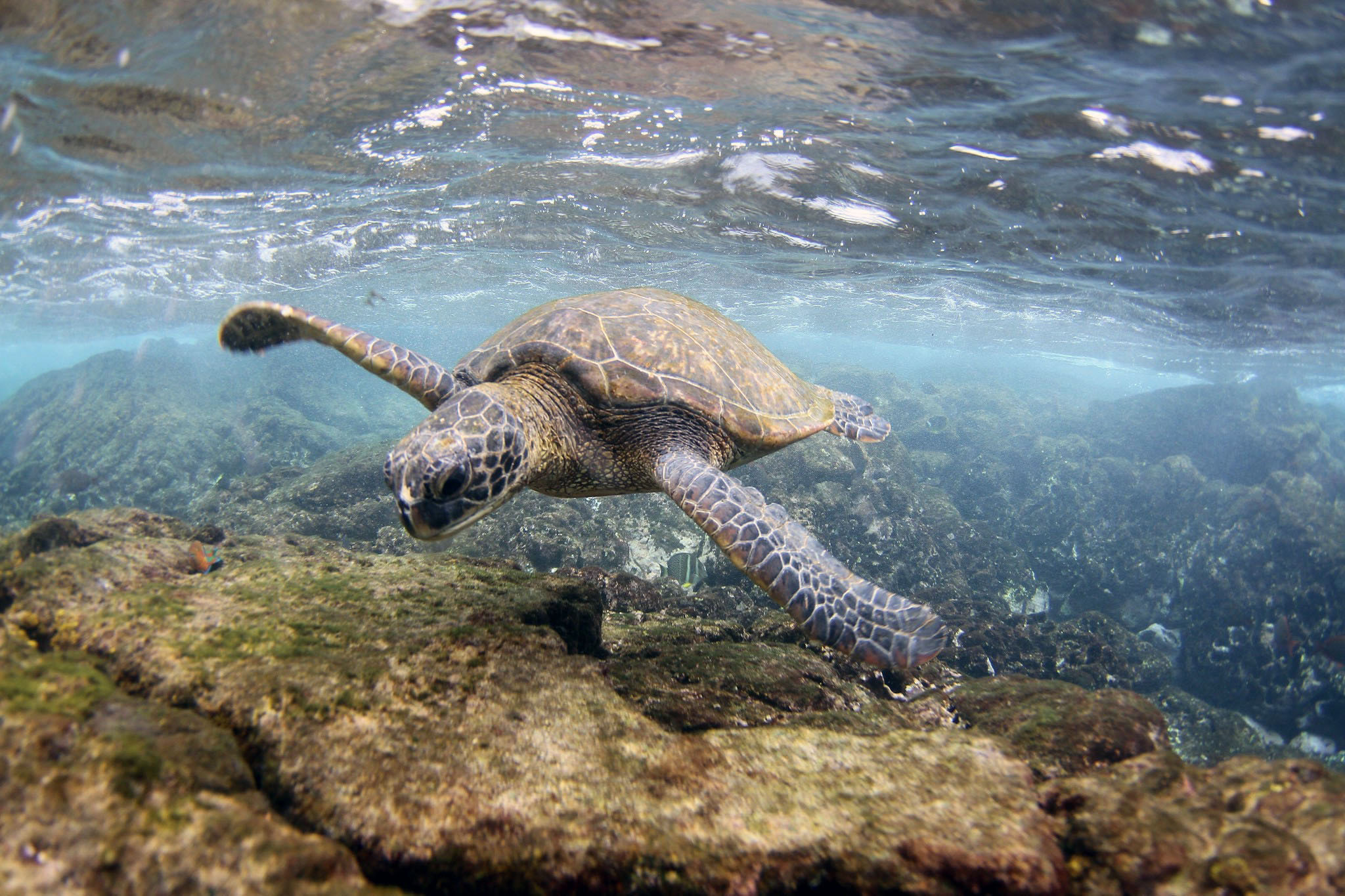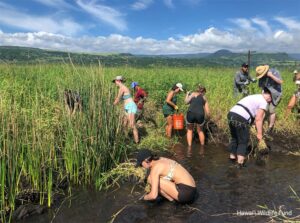
Hawaii’s varied climate, geology, and elevation gradients have created a wide range of habitats, from rainforests and dry forests to alpine areas and volcanic landscapes. Isolated in the North Pacific Ocean, these unique habitats have given rise to many specialized plant and animal species found nowhere else in the world.
Despite it’s biodiversity, today, native vegetation occurs on less than 40% of Hawaii and the state is home to more than 30% of all federally listed endangered species in the U.S.



Urban development often results in habitat loss and hardened shorelines and beach loss is often linked to seawall construction. Stabilizing shorelines and marshes using soft shoreline stabilization techniques will reduce erosion, improving habitat for fish that use shoreline areas for food and shelter. One study suggested that marshes protect shorelines from erosion better than bulkheads. A diverse ecosystem is more resilient and better able to withstand environmental changes and invasive species encroachment.
Hawaii has implemented a range of policies and initiatives to prevent erosion and promote sustainable coastal management including shoreline protection regulations that control coastal development, establishing protected areas, laws regulating potential invasive species, and climate initiatives.


Invasive Species Management
Invasive species often outcompete native species for essential resources such as food, water, and habitat. Hawaii’s wildlife is more susceptible than other states because of the limited habitat available on islands that can be easily degraded or destroyed by invasive species. Habitat restoration in Hawaii often begins with the removal and maintenance of invasive species.
We need your help to improve the Toolkit by completing our easy, 3-minute survey. Your insight is valuable to us.